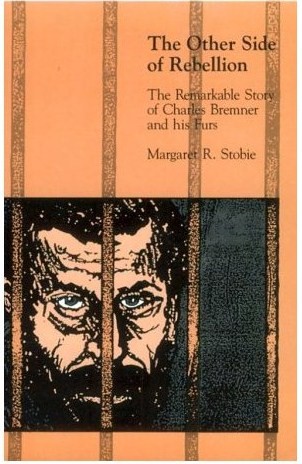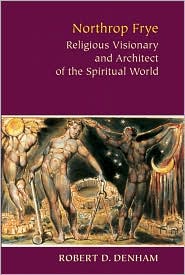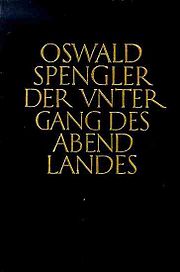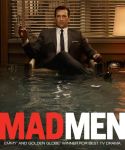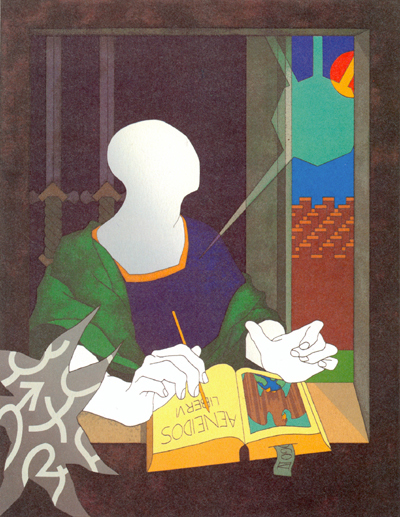
Classnotes of Margaret Gayfer, incorporating some notes by Richard Stingle.
Lecture 1. 30 September 1947
The Bible is the grammar of Western civilization; it brings down an entire culture and civilization to us. Christianity and Judaism represent the only religions which have a sacred scripture; both have tried to achieve a single, definitive scripture.
The Bible is unique in its symmetry. It represents a vision of the whole of human life. Its aesthetic beauties are accidental. It contains transcendental genius and ridiculous genealogies side by side. It is crude, shocking, funny. The Bible has a beginning, middle, and an end. In telling a single narrative from Creation to the Last Judgment, it takes an epic survey of time. The Bible sees the whole of time as a category of time and as a thing separate from itself. Time is seen in the perspective of eternity. Jesus is the centre of the Bible. Jesus and the Bible are identical.
The traditional approach to the Bible is synthetic, to see it as one work. The modern approach is analytical and scholarly. For Frye, the synthetic approach is the real approach to the Bible, to see it as a unity. Several theological systems are based on the Bible and all claim to be equally correct. All religions are on a level as far as moral doctrines are concerned; the moral loftiness of the Bible is accidental, like its aesthetic beauty.
The synthetic approach sees certain recurrent symbols in the Bible that form a single pattern of symbols. The structure of the Bible is complicated and must be studied. The original authorship is a very minor point. The literary person can see lyrics, parables, letters, memoirs, and so on—literary forms that have been smothered by repeated editings. The Bible is as much an edited book and its editorial processes must be regarded as inspired, too. The whole Bible is the history of man’s loss of freedom and organization and how he got it back.
There are two kinds of symmetry. One is chronological, seeing the Bible story of creation, etc., as a legendary and mythical story of the fortunes of the Jewish people from 2000 B.C. to 100 A.D. and the spread of the Christian Church. (Some books are out of order. John should be the opening book of the New Testament since it is the Christian statement of the opening of the Old Testament.)
The second is a kind of symmetry that does not correspond to the chronological pattern exactly. The difference between time and false history doesn’t arise in the Bible. The whole conception of true and false as we think of it is not dealt with in the Bible. The fall of man and the apocalypse have nothing to do with history. The Bible is not a straight line of chronology; its time is a circle. The beginning and end are the same point. You can’t “jimmy” Adam and Eve into ancient history. The whole question of causation, order, purpose, etc., is not dealt with by the Bible.
Christianity clings to revelation, and the only practical way to do this is in a book. All we know about God is in the Bible; there is no God in nature or “up there” in the sky. The association of God and Man is the basis of Christianity.
